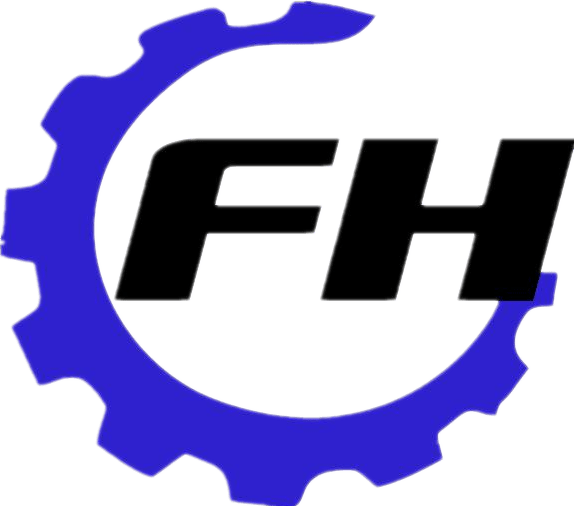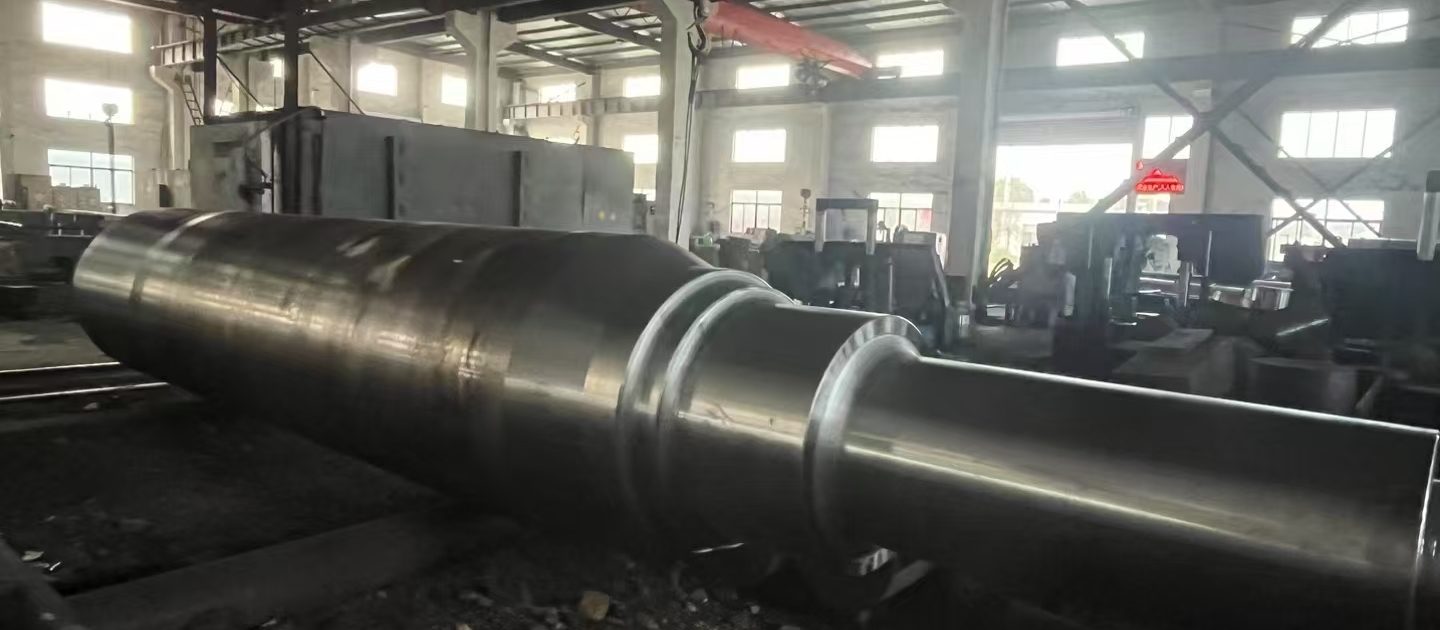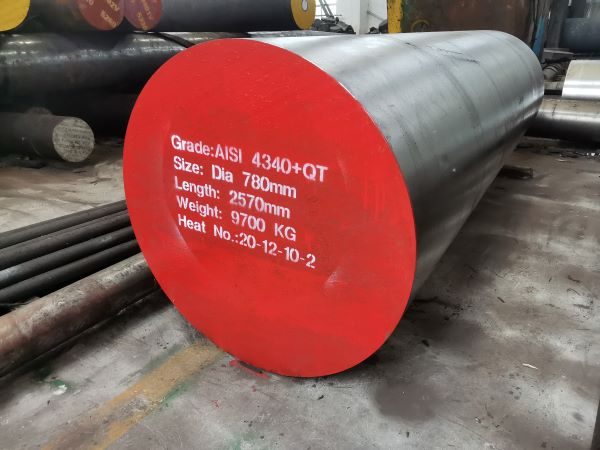Why 4340 Steel is a Must-Have for Axial Parts Manufacturing?
In the vast field of mechanical manufacturing, shaft parts can be called the “power hub” of many mechanical equipment, from the crankshaft of the automobile engine, which accurately coordinates the piston movement to output strong power; to the shaft of the industrial motor, which rotates at high speed to transmit the mechanical energy converted from electrical energy, shaft parts silently support the stable operation of various equipment. And its performance depends largely on the manufacturing materials.
4340 steel, as an alloy structural steel with excellent comprehensive performance, is gradually emerging in the manufacturing of shaft parts. With its excellent comprehensive mechanical properties and good processability, it provides a solid guarantee for the reliable operation of shaft parts under high load and complex working conditions. The following is a detailed analysis of the application of 4340 steel on shafts:
Core characteristics of 4340 steel
- Chemical composition: Carbon content is 0.38-0.43%, and contains alloying elements such as nickel (1.65-2.0%), chromium (0.7-0.9%), and molybdenum (0.2-0.3%), which significantly improve hardenability, strength and toughness.
- Heat treatment performance: Through quenching and tempering treatment (quenching + high temperature tempering), a combination of high strength (tensile strength ≥ 930 MPa) and good toughness (impact energy ≥ 40 J) can be obtained.
- Fatigue resistance: Excellent high-cycle fatigue performance, suitable for rotating parts subjected to alternating loads.
- Wear resistance: The surface can be further hardened by carburizing, nitriding or induction quenching to improve wear resistance.
Material requirements for shaft parts
Shafts are usually subject to the following during operation:
- Combined bending/torsion stress
- Cyclic fatigue loads (such as transmission shafts)
- Impact loads (such as heavy machinery)
- High temperature or corrosive environment (special working conditions)
4340 steel meets these requirements through the following characteristics:
- High strength: supports high loads and prevents plastic deformation.
- High toughness: resists impact and overload fracture.
- Good fatigue resistance: extends the fatigue life of the shaft.
- Processability: easy to cut, forge and heat treat.
Typical application scenarios of 4340 steel
Automotive field:
- Transmission shaft, half shaft, crankshaft (high-performance engine)
- Drive shaft of racing car or heavy truck (lightweight and high-strength material is required)
Aerospace:
- Engine main shaft, landing gear shaft (high strength-to-weight ratio and fatigue resistance are required)
- Helicopter rotor shaft (with complex dynamic loads)
Industrial machinery:
- Heavy machine tool main shaft (high rigidity and wear resistance)
- Transmission shaft of mining machinery (impact and wear resistance)
Energy equipment:
- Wind turbine main shaft (fatigue resistance and long life)
- Gas turbine rotor shaft (maintain strength at high temperature)
Key points of processing and heat treatment of 4340 steel
Quenching and tempering treatment:
- After quenching (oil cooling or water quenching, depending on the cross-sectional size), high-temperature tempering (500-600℃) is performed to obtain tempered troostite structure.
- The final hardness is about HRC 28-32, taking into account both strength and processing properties.
Surface treatment:
- Nitriding: The surface hardness reaches above HV 1000, which improves wear resistance and seizure resistance.
- Induction quenching: Local hardening, suitable for shafts that require specific wear resistance areas.
Weldability:
- Preheating (150-300℃) is required before welding, and stress relief annealing is performed after welding to avoid cold cracks.
Compared with other shaft materials
4340 vs 5140/4140:
-4340 has a higher nickel content, better hardenability and low-temperature toughness, and is suitable for large cross-sections or severe working conditions.
4340 vs 300M (ultra-high strength steel):
– 300M has higher strength (tensile strength ≥1900 MPa), but slightly lower toughness. 4340 is suitable for scenarios that require a balance between strength and toughness.
4340 vs stainless steel (such as 17-4PH):
– 4340 has poor corrosion resistance, but has advantages in strength and cost. Plating can be used when corrosion protection is required.
Precautions for the application of 4340 steel
- Environmental adaptability:
– Chrome plating, coating or stainless steel is required in humid or corrosive environments. 4340 itself has average corrosion resistance. - Cost considerations:
– It is more expensive than ordinary alloy steel (such as 5140) and is suitable for high-performance demand scenarios. - Failure analysis:
– Common failure mode is fatigue fracture, which requires optimized design (such as transition fillet) and surface treatment.
Actual case of 4340 steel
- F1 racing drive shaft: 4340 steel forgings are used, which are precision machined and nitrided to achieve lightweight and high reliability.
- Ship propulsion shaft: Large ships are made of 4340 steel, and the surface is shot peened after quenching and tempering to improve the fatigue resistance of seawater corrosion.
Summary
4340 steel is an ideal choice for heavy-duty, high-reliability shaft parts due to its high strength, high toughness and excellent fatigue resistance, especially for the automotive, aerospace and heavy machinery fields. Reasonable heat treatment and surface strengthening can further expand its application range, but attention should be paid to the balance between environmental protection and cost.




